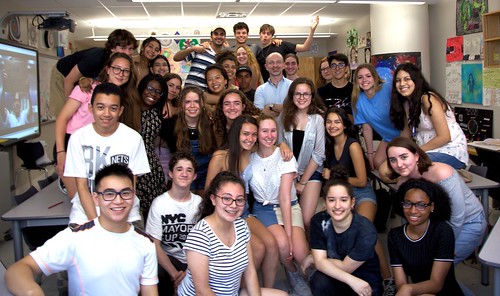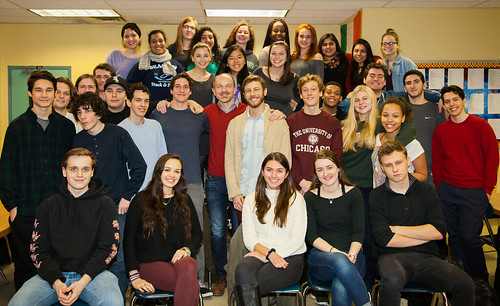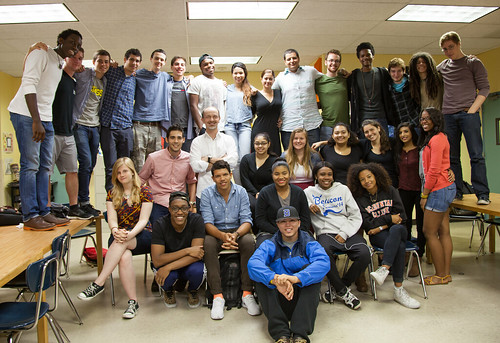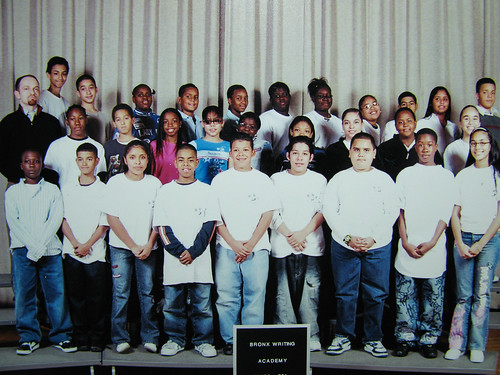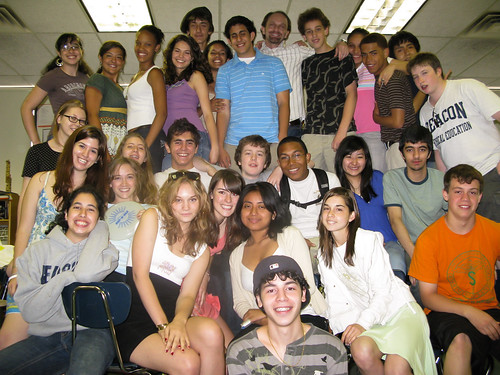I will be collecting Between the World and Me and The Alchemist on Monday to grade annotations! If you have a school copy, remove your post its and place them inside the front cover of the novel/book.
* Due Tomorrow for 10B: Siddhartha–Write one question for discussion. Remember, this is a squircle question which means it should force us to consider our lives when answering the question. The question should be thematically shaped by one of the lessons communicated in the chapter Govinda. I will collect the questions at the beginning of class to review them. If they are thoughtfully crafted, SQUIRCLE. If not then we begin talking about the comparative essay (which we will do eventually).
1. (Due 5/1)
Mandala Project
FYI: There are many great mandalas in the header photo for this page!
You are also expected to turn in an artist statement wherein you explain what each aspect of your mandala represents. The artist statement should be one page and single spaced.
Be sure to visit this link to get a sense of the process of making a mandala. This is the beginning step of the Mandala Project!
The Mandala will be worth 150 points and count as a project/essay grade. Keep in mind:
- Your base structure of your mandala should be a series of geometric shapes. The primary, and largest, shape must be a geometric shape. Within there must be an arrangement of smaller geometric shapes.
- All geometric shapes must be PRECISE. The craftsmanship in general should be precise.
- The Mandala should use colors meaningfully. Meaning, you should be able to explain why you chose the colors you chose.
- All visuals beyond the base structure should be purposeful and powerful. Meaning, there should be a rationale for everything present in your Mandala and that rationale should be of great significance to you. Further, the images should be aesthetically pleasing in presentation.
- The Mandala should reflect great creative effort!
- The Mandala should reflect great overall effort!
- The Mandala should reflect you!
Ultimately you should create a mandala that you will be proud to share with the entire class!
As for dimensions, there is flexibility here: if square 12-16 inches on each side; if circular, appx. 12-16 inches in diameter. Once again, there is flexibility here. Review the following link to get another sense of the creation process. Note that the structure of the mandala should consist of precise geometric shapes.
2. (Due May 2) Existentialism is a Humanism–This reading sets us up for the last three texts of the year. Let it be known that this essay is conceptually/philosophically difficult. Do not wait until the night before to read it. Break it into bits and pieces. Jean Paul Sartre is often the first name to come to mind when one considers Existentialism. His brand of atheistic existentialism so dominates the existential landscape that one forgets that the “first existentialist” Kierkegaard was indeed a theist. Nevertheless, Sartre’s essay most clearly defines the existential mindset. It becomes a fundamental piece of the year’s final unit. Additionally, his essay establishes some of the tenets of existentialism that are universally applicable. In a nutshell Sartre defends his philosophy against the four primary critiques of existentialism.



